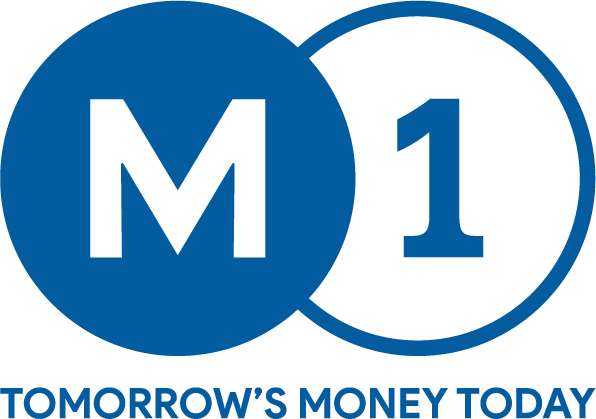MSME financing in India: In FY24, India’s MSME-specified product exports accounted for 45.7 per cent of the country’s total exports, and the sector contributed 35.4 per cent to national manufacturing output. With over 63 million enterprises employing more than 120 million people, these small businesses are undeniably the support of the Indian economy. Yet, despite their economic importance, these enterprises continue to face an uphill battle when it comes to accessing timely and affordable formal credit.
According to a report by SIDBI, a credit gap of ₹30 Lakh crore persists for the MSME Sector which is equivalent 24 per cent of the total debt demand. Of the total demand only 14 per cent of the credit demand by MSME are met through formal financial ecosystem. The reasons for this are many, from information asymmetry and insufficient documentation to limited formalisation and lack of collateral. Traditional lending models, which lean heavily on credit scores and asset-backed financing, often exclude smaller or informal businesses, especially those in rural and semi-urban regions.
Digital infrastructure: New era in MSME lending
The emergence of India’s robust digital infrastructure is beginning to change this narrative. Innovations in digital finance, including GST-linked lending, the rise of digital lending platforms, and real-time payment systems like UPI, are facilitating a more inclusive credit ecosystem. These digital tools are not only speeding up loan approvals but also expanding credit access to enterprises previously outside the financial mainstream.
One of the most promising developments is the rise of digital lending platforms. Unlike traditional lenders, these platforms leverage alternative data such as transaction histories, e-commerce sales, GST filings, and utility payments to assess creditworthiness. This approach allows lenders to move beyond rigid documentation requirements and offer collateral-free loans to creditworthy but traditionally underserved borrowers.
Faster disbursals, lower costs
Fintechs are drastically reducing turnaround time. Access to credit through traditional banks can take weeks or even months, whereas Fintechs use automated verification systems to process applications and disburse funds in a matter of days. The convenience of mobile-first applications, paperless onboarding, and real-time disbursement are especially useful for businesses that operate in fast-moving sectors or face seasonal cash flow issues.
Moreover, digital lending platforms typically operate at lower overheads than brick-and-mortar banks. This allows them to offer more competitive interest rates and waive collateral requirements that act as a key barrier for many small businesses.
Alternative credit assessment: A game-changer
Alternative data points are redefining how small firms are evaluated to access liquidity. For example, a small online seller might not have a conventional business balance sheet but can showcase stable digital sales and GST compliance. By analysing such data through AI-powered underwriting models, digital lenders can quickly determine creditworthiness, often disbursing loans/working capital within 24 to 72 hours.
In fact, SIDBI’s recent report found that 12 per cent of micro-enterprises still rely on informal sources for financing — a number that is expected to decline as digital lenders gain traction and credibility in Tier II and III markets.
Enablers of ecosystem
The government has played an instrumental role in laying the groundwork for this digital revolution. Platforms like the ‘Udyam Registration Portal’ and ‘Udyam Assist Platform’ have helped formalise millions of MSMEs. As of June 2024, more than 4.5 crore enterprises had been registered through these portals. Complementing this, TReDS (Trade Receivables Discounting System) has empowered MSMEs to access formal credit without collateral, offering financing at highly competitive rates.
Additionally, initiatives such as the Open Credit Enablement Network (OCEN) are creating standardised frameworks for secure and interoperable lending, while schemes like the Credit Guarantee Fund Trust for Micro and Small Enterprises (CGTMSE) reduce risks for lenders.
At the core of this ecosystem is India’s Digital Public Infrastructure (DPI) that includes Aadhaar, UPI, Digi Locker, TReDS, and Account Aggregator frameworks, which in tandem enable fast, secure, and paperless processing of financial data.
Real-world impact
Consider a food delivery startup in Mumbai that needed funds to expand its vehicle fleet. With limited physical assets but strong monthly transaction records, the company turned to a digital lender and secured financing within 48 hours. This enabled the business to scale quickly, meet growing demand, and enhance customer satisfaction, all without the delays of conventional lending.
This story is not an exception. Across India, MSMEs in sectors ranging from textiles to retail are now using digital loans or working capital to purchase equipment, streamline operations, and access working capital, often for the first time.
Challenges ahead
Despite the progress, challenges remain. Digital literacy among small business owners, especially in rural areas, is still low. Cybersecurity threats and data privacy concerns also persist. Moreover, many enterprises are still unaware of the benefits of digital lending or hesitate to trust new-age platforms.
To bridge these gaps, it’s essential to scale up financial literacy programs, enforce strong data protection norms, and create awareness campaigns that build trust in digital financial systems.
Road forward
As India aims to become a $5 trillion economy, empowering MSMEs with timely and affordable credit will be crucial. Digital infrastructure has already laid the foundation and now it’s time to build on it. By promoting collaboration between policymakers, fintech innovators, traditional lenders, and MSME associations, India can create a credit ecosystem that is fast, fair, and future ready. The credit revolution has begun, and digital infrastructure is at its core. For India’s small companies, it’s about unlocking their full potential in a digital-first economy.
